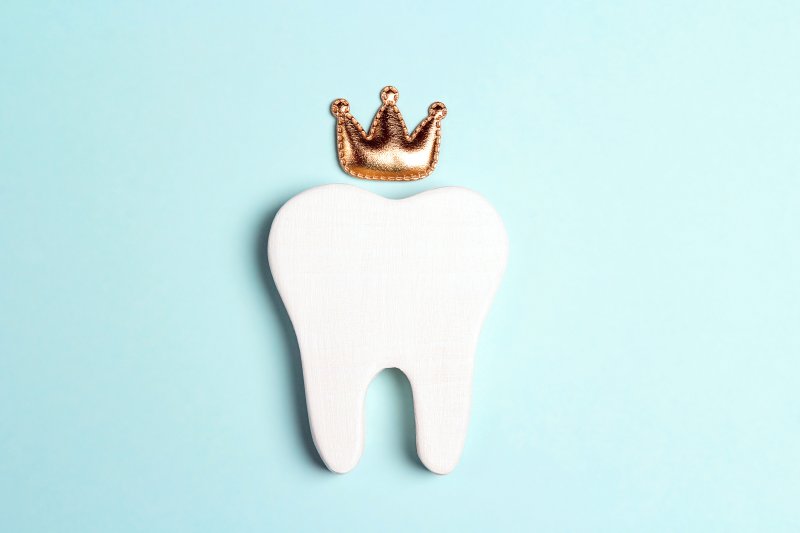
The thought of replacing a tooth with a dental crown can be alarming for some people. Not only do they wonder if the treatment is painful, but it might be necessary for protecting their pearly white. If so, then it’s important to become familiar with the procedure before arriving at the dental office. Fortunately, your dentist in State College can explain what to expect from a dental crown treatment, when it’s necessary, and the typical recovery process.
The Dental Crown Procedure
A dental crown treatment is usually completed after two appointments. Before your dentist begins work, they will provide you with an anesthetic as with any other restorative method. Afterwards, you can expect the procedure to proceed in the following way:
- The First Visit: Your dentist will assess your tooth, taking X-rays of it and the surrounding bone. They’ll then prepare it by shaving a certain amount off depending on the type of crown you’ll receive. Afterwards, your dentist will make an impression of the tooth using paste, as well as one for the teeth above the crown so the new one fits correctly with your bite. The impressions are sent to a lab to create the restoration, and you’ll be given a temporary crown to protect your tooth in the meantime.
- The Second Visit: After two to three weeks, the dental crown should return from the lab. Your dentist will remove the temporary one and then assess the new one’s shape, color, and fit. Before cementing your dental crown in place, they may use a numbing agent for your utmost comfort.
When Is a Dental Crown Needed?
The main purpose of a dental crown is to protect you from losing a tooth that has serious enamel wear, deep cracks/fractures, large cavities, or has undergone root canal therapy. Leaving the tooth untreated will increase the risk of it breaking down further, which can then lead to a more severe dental emergency later on.
The Recovery Process
After you leave your visit, you’re mostly managing irritation or inflammation that comes from the procedure. Your dentist can advise you on the best after-care practices for maintaining your crown, which may consist of the usual dental hygiene routine while using sensitivity toothpaste. It’ll take a few days to become accustomed to your crowns, and you can always consult your dentist in case of any issues so they can assess and adjust your restoration.
You won’t have to worry about feeling discomfort when getting a dental crown, and you’ll be saving yourself from more costly troubles by undergoing the procedure!
About the Author
Dr. Kevin Labosky earned his dental doctorate from the Temple University School of Dentistry. He is a member of several organizations like the Pennsylvania and American Dental Associations, and the Centre Dental Society. With his expert team and state-of-the-art technology, he provides a collection of outstanding dental treatments, such as dental crowns to protect your teeth. If you want to know more about the dental crown procedure, visit his website or call 814-237-7004.



